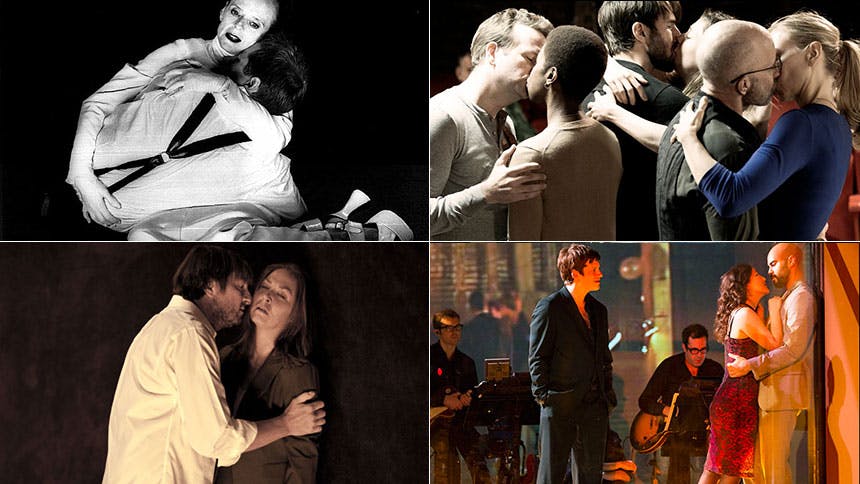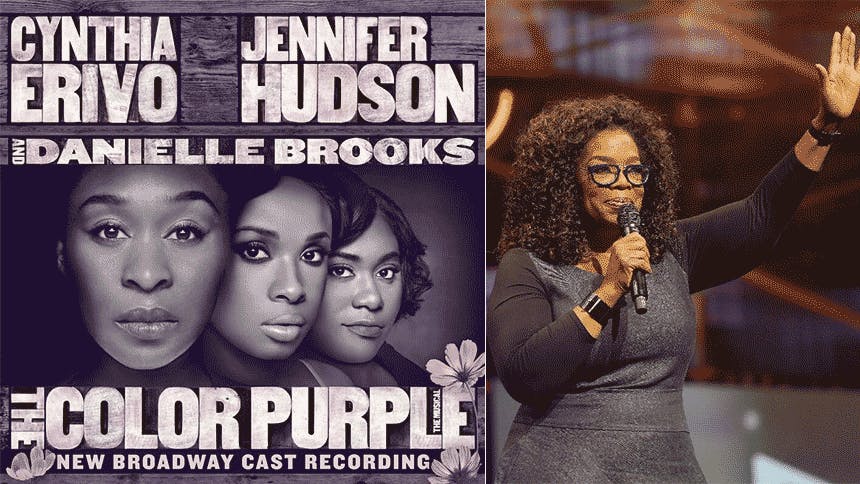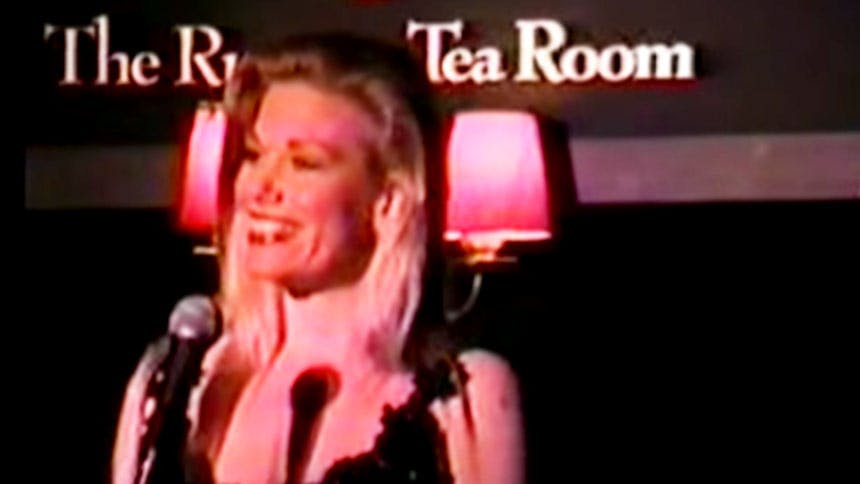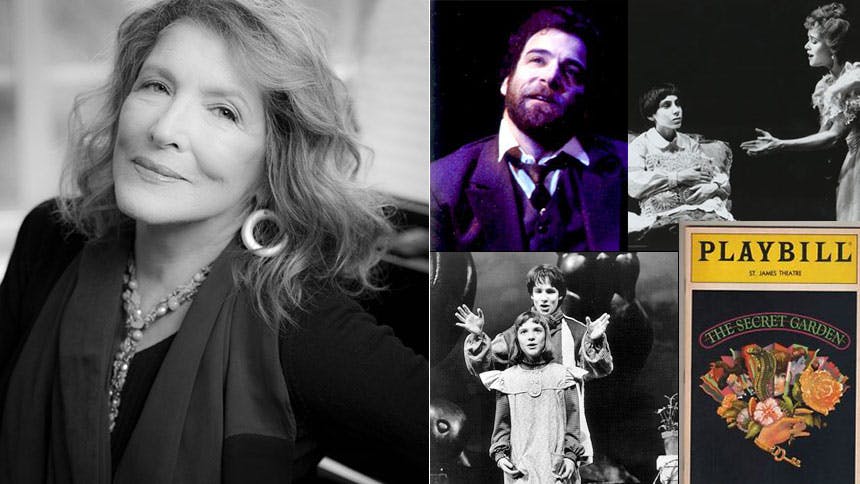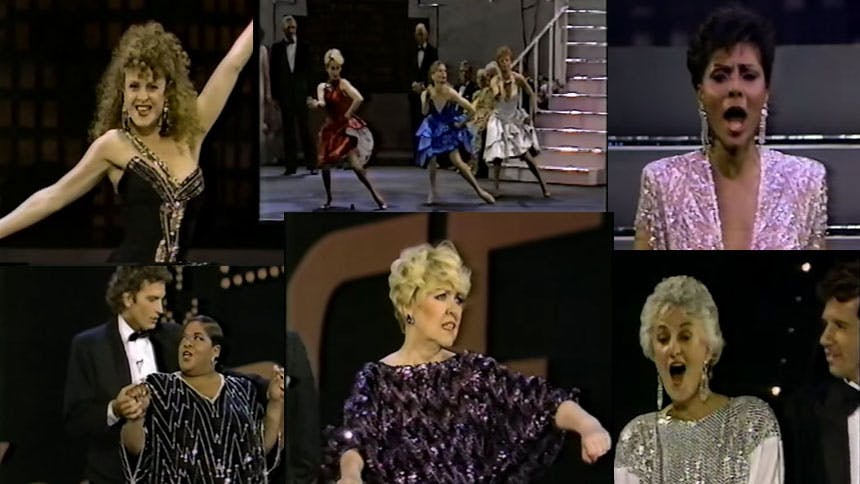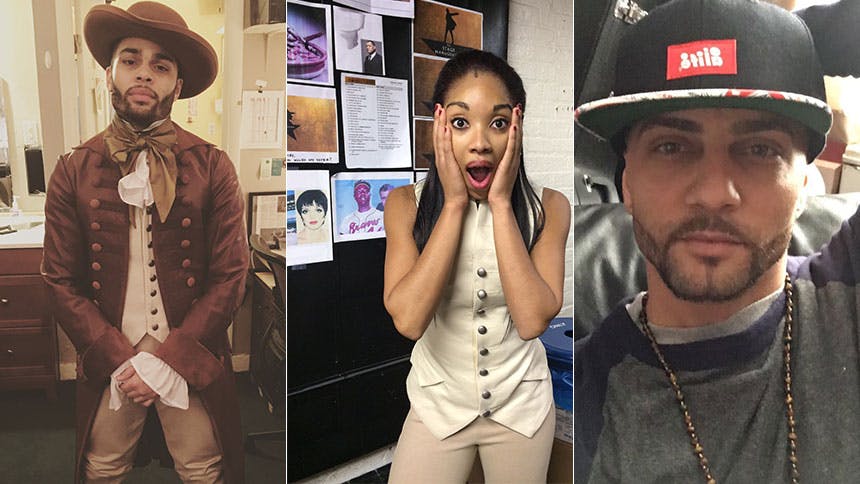Adam Kantor is back on Broadway and giving a can’t-miss performance as Motel Kamzoil—the nebbish tailor who pledged to marry Tevye’s eldest daughter, Tzeitel—in Bart Sher’s stunning revival of Fiddler on the Roof.
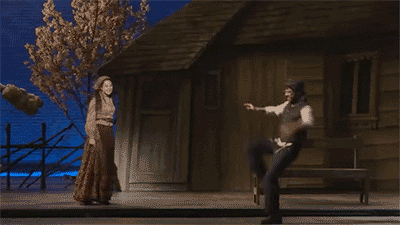
Kantor is so immersed in Motel, he’s nearly unrecognizable from his previous performances in Rent, Avenue Q and The Last Five Years. Like many of the numbers in this Fiddler, his big song “Miracle of Miracles” is so much more moving and real than the tried and true interpretations.
BroadwayBox caught up with Kantor to find out how he went about creating his Motel and what the three biggest inspirations at play were when tackling this beloved theatre character.
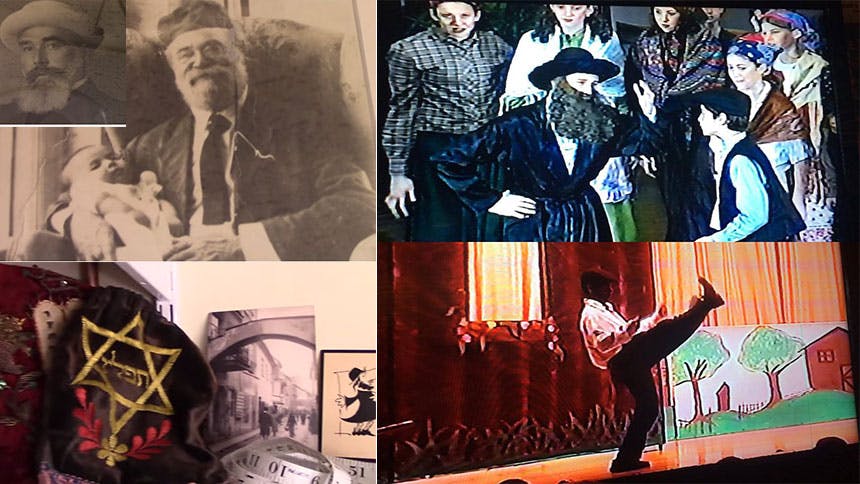
Step number one was sensing and experiencing a common ground between myself and my character. This is a show that is deeply embedded in my DNA. It was the first show I ever did. In sixth grade I was Mendel, and in eighth grade I was Tevye. It’s the show that gave me the bug, and in a way it’s the stories of my ancestors. I come from a line of Jewish immigrants from Eastern Europe, so I felt an immediate connection to the role. The idea of this character that’s tenacious and so earnest and who represents in many ways the American dream—this idea that we can think outside the box and go for something, even if it seems crazy. At the same time, I was moved by Motel’s connection to his own faith and his own roots while wanting to move forward and break with tradition in a big way.
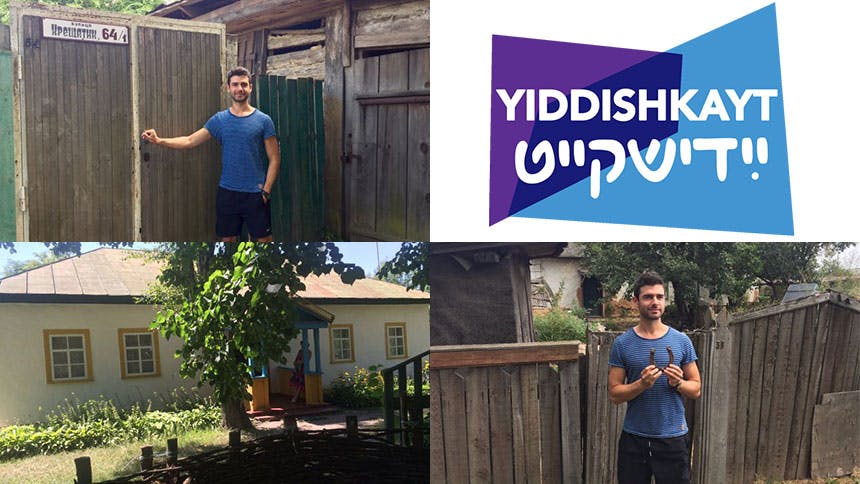
Step two was research and that was a big thing. I took a three-week trip through Eastern Europe with this group called Yiddishkayt. I was with a group of 24 actors, artists, and scholars and I went all over what was known as Pale Settlements, which is where Jews lived. We started in Minsk and we went all over former shtetls, towns, cities, villages, including Lithuania where my ancestors are from. After that was done, the 23 other travelers left and the leader of the organization, Robert Peckerar, took me to the Ukraine, and we went to the village where Sholem Aleichem lived and wrote the Tevye stories, on which Fiddler on the Roof is based. I basically found Anatevka. It was moving and powerful for me to retrace my roots and to find the streets where the actual dairy man Tevye—because he was a real person—sold Sholem Aleichem his milk. I went to Sholem Aleichem’s house; I stood on the porch where Tevye would have stood. It was really wild. I have images of it in my dressing room and every night I put myself there in my imagination to the landscapes I experienced this summer. We wanted to bring an element of authenticity to this production and certainly that trip had a hand in it for me.
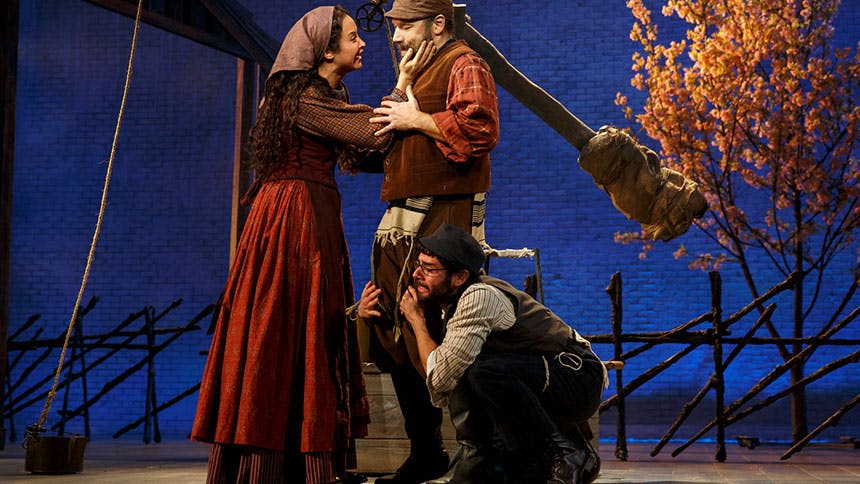
Step three was the rehearsal led by the incredible Bart Sher and shared with my incredible co-star Al Silber. I don’t think I could have been any more blessed in either department; they are both highly collaborative and really excited about creating something new for this production. This character goes through such a journey and such an arc—he really becomes a man. He finds his confidence throughout the piece and he grows in tremendous ways, and I wanted to experience that growth viscerally on every level so I sort of looked at opposites. Where is this character going and where did he come from, and how can I play with that spectrum in the widest way possible?
I found myself slouching more and more toward the beginning of the play and found myself finding more and more strength toward the end of the play. I remember when we were staging the final scene I went up to Bart and said, “This is Motel at his strongest and in his highest state of manhood.” He transitioned from son to father in the context of the community; and I was also cued by the line “that Motel is a person”, and earlier in the show he was called “a nothing”. So being cued by the text, I said to Bart, “It would be great if there is something physical that might prompt Tevye to say that Motel is a person.” There was this really massive table on stage that Bart needed to find a way to get off, so he said, “You could take that table off by yourself.” To which I replied, “Yeah that would be f#cking great!” What I’m hoping is, even it’s subliminal, the audience is seeing Motel’s journey from a character who had a very strong relationship to the floor—I’m crawling or cowering or going under the cart—to see a table hoisted above me.
See Adam Kantor embody Motel’s history and his journey in Fiddler on the Roof at the Broadway Theatre.

